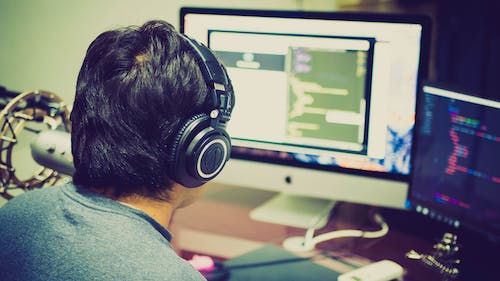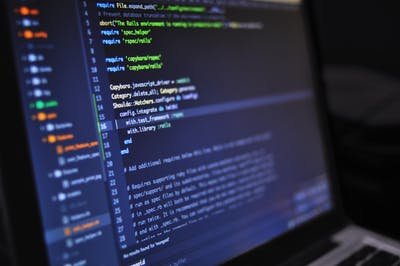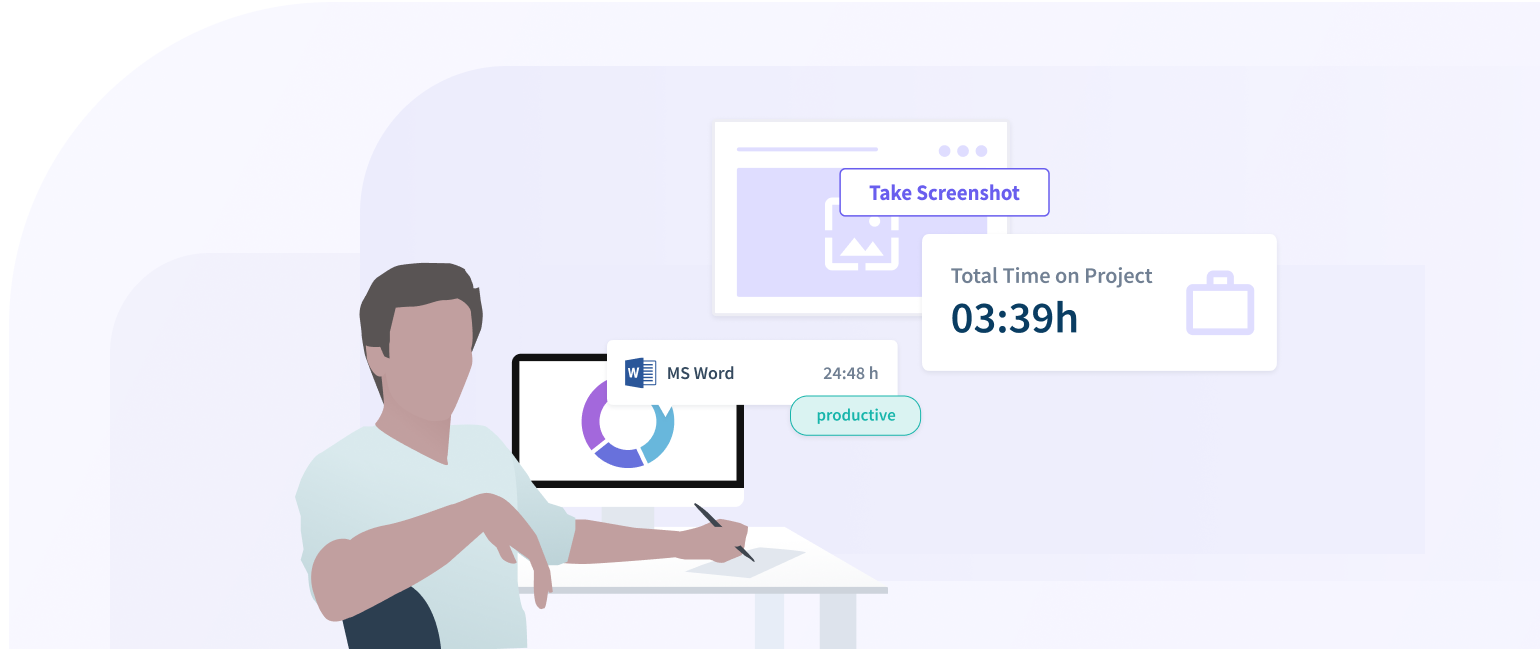The difference in our lives from two years ago can sometimes be unimaginable. Nevertheless, we are now functioning in a world where the sky is the limit. With the arrival of the pandemic, multiple changes came into our lives. As we transition into a new world, we learn how to keep up with the new normal. The changes that have set course in our lives have led to a transformational change. We now function not from our cubicles and offices; we see our homes changing into workspaces. This is because there has been a massive push into using technology to the best limit. This means that we would use presentational tools on the web more and use mail to convey our day-to-day proceedings.
However, with the change in time, we are now learning how to change our workday course completely. We use the web for video calls, doing multiple tasks, and whatnot. Therefore, we can now see a significant rise in surveillance technology. This is because multiple organisations feel more at ease when they can track their employees' work. By using Employee Time Tracking Software and understanding the work break of their employees, the organisation and employees as a whole feel more at ease.
It is natural for companies to wonder whether they are getting a return on investment on their input across different verticals. This leads to employers using the time tracking software that gives them an insight into the workflow of their employees.
There are multiple facets when it comes to the use of surveillance technology. Whilst most people may feel that it is an invasion of their privacy and that being monitored like infants would not lead to better work productivity. Moreover, there are other multiple factors that need to be considered to increase the employee’s productivity.
Some of them are:
Effect on the Productivity of the Employees
Many people refer to a Stanford University Study that shows conclusive data on the improvement of productivity post switching to the work from home mode. This can be a result of many factors.
One such factor is that people save a lot of time and money on things that would normally take their focus. For example, people save on transport, additional food costs and other things. Even for the employer, this method seems to save more money and time. They can acquire a wide array of talent given that geographies are not limited.
Some of these factors can play a big role in the productivity of the employee. Furthermore, working beside a team is one of the mandatory needs for most employees. The need for employees who can work without constant mentoring is also necessary. Therefore, productivity automatically increases when several obstacles that may distract the employees from work are not in the equation anymore.
What Does a Work Analytics Tool Essentially Do?
Using a work analytic tool will help the employer understand how the employees have divided their time across the day. This would monitor the computer usage, for how long their screen is active, the kinds of websites the employee frequents, etc.
On such data, the employer would draw a productivity score in relation to several markers. Therefore, this feature would inherently benefit the employer as the employee would understand the consequences of its actions.
But What Does That Do for the Employee?
In most cases, the employees would feel hurt as they would feel that they are being watched throughout the day. Furthermore, some employees may put in more work and screen time. This would create a sort of bias. The surveillance system would rank someone’s productivity as high and may rank low for others.
This would make the employees feel that time spent on a keyboard is an excellent reminder of their contribution to the organization. However, this does not guarantee output. Some people may put in several hours without achieving actual results.
For example, if someone is working in sales, what matters for them is conversion and not leads. An employee may end up talking to fifty prospects in two hours but only getting two maybes. However, if an employee is reaching out to thirty prospects in two hours and converting at least fifteen of them, the conversion matters and not the number of people they are reaching out to.
Therefore, the meaning of productivity is highly subjective. To understand the different requirements of employees or roles, the usage of surveillance is not generally ideal.
Bordering Overtime
Another word for broadening over time is known as mission creep. When a surveillance system is in place, the employee may not only feel that their privacy is no longer present. Another thing that can happen is that the employee would feel that their work will matter only if they work extra hours or out-perform themselves.
The breakdown of transparency between the employer and the employee would not render well for the organisation as a whole. It is very important for a workplace to feel comfortable and productive, something that would not happen when surveillance systems are in place or when the employees are monitored.
The Purpose of Using a Time Tracking Software
The difference in our lives from two years ago can sometimes be unimaginable. Nevertheless, we are now functioning in a world where the sky is the limit. With the arrival of the pandemic, multiple changes came into our lives. As we transition into a new world, we learn how to keep up with the new normal. The changes that have set course in our lives have led to a transformational change. We now function not from our cubicles and offices; we see our homes changing into workspaces. This is because there has been a massive push into using technology to the best limit. This means that we would use presentational tools on the web more and use mail to convey our day to day proceedings.
However, with the change in time, we are now learning how to change our workday course completely. We use the web for video calls, doing multiple tasks and whatnot. Therefore, we can now see a significant rise in surveillance technology. This is because multiple organisations feel more at ease when they can track their employees' work. By using Time Tracking Software and understanding the work break of their employees, the organisation and employees as a whole feel more at ease.
It is natural for companies to wonder whether they are getting a return on investment on their input across different verticals. This leads to employers using the time tracking software that gives them an insight into the workflow of their employees.
There are multiple facets when it comes to the use of surveillance technology. Whilst most people may feel that it is an invasion of their privacy and that being monitored like infants would not lead to better work productivity. Moreover, there are other multiple factors that need to be considered to increase the employee’s productivity.
Some of them are:
Effect on the Productivity of the Employees
Many people refer to a Stanford University Study that shows conclusive data on the improvement of productivity post switching to the work from home mode. This can be a result of many factors.
One such factor is that people save a lot of time and money on things that would normally take their focus. For example, people save on transport, additional food costs and other things. Even for the employer, this method seems to save more money and time. They can acquire a wide array of talent given that geographies are not limited.
Some of these factors can play a big role in the productivity of the employee. Furthermore, working beside a team is one of the mandatory needs for most employees. The need for employees who can work without constant mentoring is also necessary. Therefore, productivity automatically increases when several obstacles that may distract the employees from work are not in the equation anymore.
What Does a Work Analytics Tool Essentially Do?
Using a work analytic tool will help the employer understand how the employees have divided their time across the day. This would monitor the computer usage, for how long their screen is active, the kinds of websites the employee frequents, etc.
On such data, the employer would draw a productivity score in relation to several markers. Therefore, this feature would inherently benefit the employer as the employee would understand the consequences of its actions.
But What Does That Do for the Employee?
In most cases, the employees would feel hurt as they would feel that they are being watched throughout the day. Furthermore, some employees may put in more work and screen time. This would create a sort of bias. The surveillance system would rank someone’s productivity as high and may rank low for others.
This would make the employees feel that time spent on a keyboard is an excellent reminder of their contribution to the organisation. However, this does not guarantee output. Some people may put in several hours without achieving actual results.
For example, if someone is working in sales, what matters for them is conversion and not leads. An employee may end up talking to fifty prospects in two hours but only getting two maybes. However, if an employee is reaching out to thirty prospects in two hours and converting at least fifteen of them, the conversion matters and not the number of people they are reaching out to.
Therefore, the meaning of productivity is highly subjective. To understand the different requirements of employees or roles, the usage of surveillance is not generally ideal.
Bordering Overtime
Another word for broadening over time is known as mission creep. When a surveillance system is in place, the employee may not only feel that their privacy is no longer present. Another thing that can happen is that the employee would feel that their work will matter only if they work extra hours or out-perform themselves.
The breakdown of transparency between the employer and the employee would not render well for the organisation as a whole. It is very important for a workplace to feel comfortable and productive, something that would not happen when surveillance systems are in place or when the employees are monitored.







